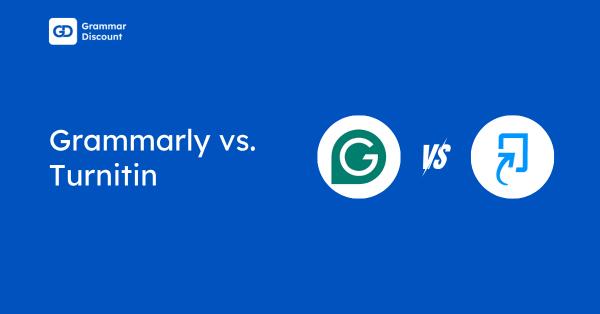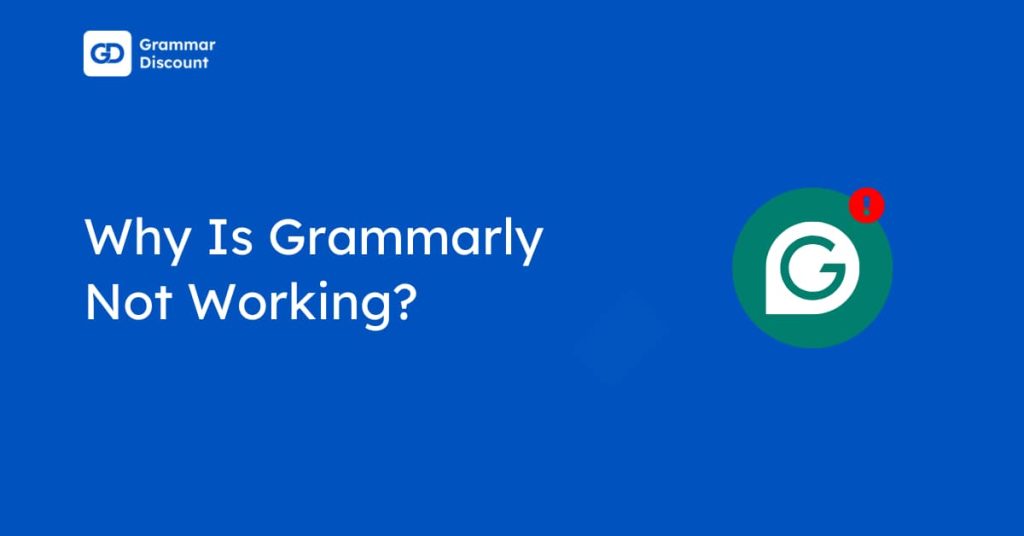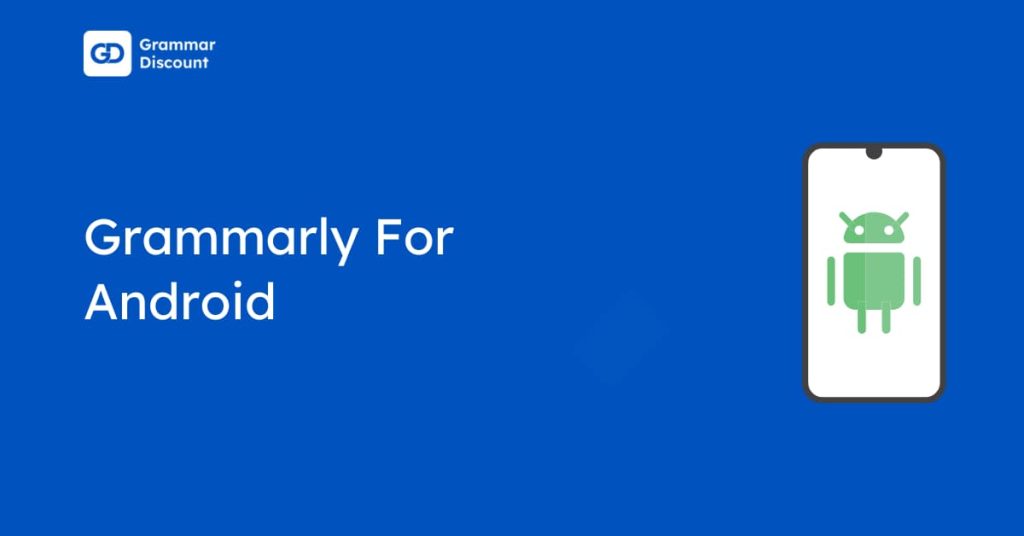The surge in AI writing tools has users increasingly questioning the technology behind their everyday software. Grammarly extensively uses AI technology, but not in the way you might think.
Unlike generative AI that creates content from scratch, Grammarly employs sophisticated artificial intelligence to enhance and improve your existing writing.
Throughout this comprehensive guide, you’ll discover the specific types of AI Grammarly uses, how it impacts your privacy and data security, and the crucial distinctions between AI enhancement and AI generation.
Understanding these technologies is essential for students navigating academic integrity policies, professionals seeking writing efficiency, and content creators maintaining authenticity.
How Grammarly Uses AI: The Technology Breakdown
Grammarly’s AI foundation rests on four core technologies working in harmony.
| AI Technology | Function | Example Feature |
|---|---|---|
| Natural Language Processing | Context understanding | Tone detection |
| Machine Learning | Pattern recognition | Grammar corrections |
| Deep Learning | Advanced suggestions | Sentence rewriting |
| Contextual Analysis | Document-wide coherence | Style consistency |
These interconnected AI technologies create a comprehensive writing ecosystem that goes far beyond simple spell-checking, offering intelligent assistance that adapts to your unique writing style and communication needs.
1. Natural Language Processing (NLP) serves as the cornerstone, enabling the system to understand context, meaning, and nuanced communication patterns within your text.
2. Machine Learning algorithms continuously analyze writing patterns to provide increasingly accurate grammar, style, and tone suggestions tailored to your specific needs.
3. Deep Learning models handle the most sophisticated tasks, including advanced sentence restructuring and clarity improvements that go far beyond traditional rule-based corrections.
4. Contextual analysis allows the AI to understand your document’s intent, target audience, and overall purpose, ensuring suggestions align with your communication goals.
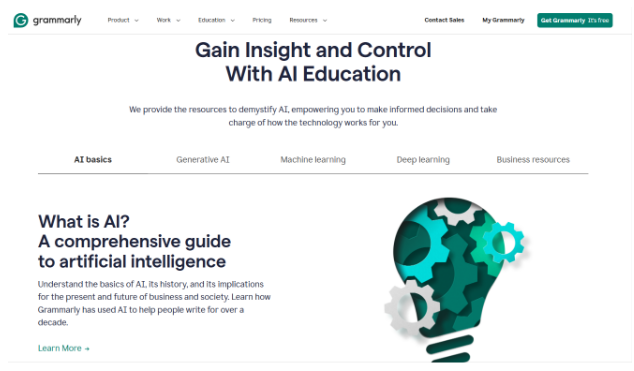
The sophistication of modern AI language models has transformed everyday writing tools like Grammarly into intelligent writing partners that understand context and intent. Learn more about Grammarly AI detection and how detection systems analyze different types of AI assistance.
Grammarly AI vs. Generative AI: Key Differences
This question reveals a fundamental misunderstanding about AI writing tools.
| Aspect | Grammarly AI | Generative AI (ChatGPT) |
|---|---|---|
| Primary Function | Text enhancement | Content generation |
| User Control | High (suggestions only) | Variable |
| Original Content | Preserved | May be replaced |
| Academic Integrity | Generally acceptable | Often restricted |
These fundamental differences significantly impact user experience and determine the acceptability of AI tools in various academic and professional contexts.
1. Core Function: Grammarly enhances existing text; Generative AI creates new content.
2. User Control: Grammarly offers suggestions (user retains full control); Generative AI produces text directly.
3. Content Ownership: With Grammarly, ownership remains intact (enhances your words); Generative AI replaces with newly generated content.
4. Primary Use Case: Grammarly is a writing assistant; Generative AI is a content creator.
5. Academic Integrity: Enhancement tools (like Grammarly) are more acceptable; Generation tools (like ChatGPT) pose significant implications.
The growing confusion between different types of AI tools makes understanding these distinctions crucial for making informed decisions about your writing process.
Grammarly AI Prices And Plans
Understanding Grammarly’s pricing structure helps you choose the right level of AI assistance for your needs.
| Plans | Price | AI Prompts (per month) | Features Offered |
|---|---|---|---|
| Free | $0 | 100 | Basic grammar and spelling |
| Pro | £10/member/month (£120/year) | 2,000 | Advanced writing suggestions, tone detection |
| Business (three or more) | Custom pricing | 2,000 | All Pro features plus team management |
| Enterprise | Custom pricing | Unlimited | Contact Grammarly for comprehensive details |
Grammarly offers tiered AI assistance from 100 free prompts to unlimited for Enterprise. Its Pro plan provides 2,000 monthly AI prompts, costing £10/month annually, which saves 60% compared to monthly billing (£25/month).
To maximize your investment, consider checking available deals that can further reduce subscription costs.
For budget-conscious users, comparing Grammarly free vs premium features helps determine whether the basic plan meets your writing requirements or if upgrading provides sufficient value for your specific use case.
For those considering premium features, understanding how much Grammarly Pro costs can help determine if the investment aligns with your writing needs.
Does Grammarly Train AI On Your Data? Privacy Concerns Addressed
Privacy concerns about AI data usage are legitimate and deserve transparent answers. Understanding if Grammarly is safe requires examining their data handling practices and security measures.
1. No Data Selling: Grammarly explicitly states it does not sell user data.
2. Data Isolation: Strict protocols are maintained to prevent your writing from appearing in other users’ suggestions.
3. Training Data Sources: Training data comes from research corpora and public datasets, not private user content, ensuring confidentiality.
4. Account-Specific Privacy: Enterprise accounts offer enhanced data protection and control options compared to personal accounts.
5. User Control: Users have settings to limit data sharing and prevent AI learning from their specific content.
6. Industry Standards: Grammarly maintains industry-leading privacy standards, prioritizing user confidentiality compared to other AI writing tools.
7. Addressing Misconceptions: Many common misconceptions about AI surveillance and data misuse do not apply to Grammarly’s actual practices.
Transparency in AI data practices empowers users to make informed decisions about their privacy settings and understand exactly how their information is protected.
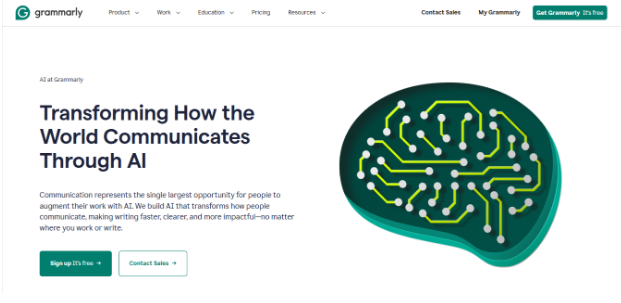
Privacy protection should be a primary consideration when choosing any AI-powered writing tool for sensitive or confidential content.
Is Using Grammarly AI Considered Cheating? Academic & Professional Ethics
The ethics of AI-assisted writing vary significantly across contexts and institutions. Students and educators often wonder if using Grammarly is cheating, particularly in academic settings where originality is paramount.
1. Academic Dishonesty (Student Perspective): AI assistance crosses into academic dishonesty when it replaces original thinking or generates content, rather than merely improving existing work.
2. Institutional Policies: School policies on AI writing tools vary significantly, from full acceptance to strict restrictions in assignments.
3. Professional Standards: AI-enhanced writing is widely accepted in professional settings as a productivity tool that improves communication quality.
4. AI Detection: Systems like Turnitin can generally distinguish between AI-assisted writing (like Grammarly’s enhancements) and fully AI-generated content, though these detection policies are still evolving.
5. Best Practices: Transparency with instructors or employers about AI tool usage is crucial, along with understanding specific assignment requirements.
6. Core Distinction: The key is differentiating between AI that enhances existing work and AI that generates content, as context determines if AI use supports or undermines learning objectives.
Academic integrity policies are rapidly evolving, making clear institutional guidelines essential for students and educators navigating AI assistance tools.
AI Writing Tool Acceptance by Context
| Context | Grammarly AI Acceptance | Considerations |
|---|---|---|
| Academic Writing | Generally Accepted | Check institution policies |
| Professional Communication | Widely Accepted | Industry-standard tool |
| Creative Writing | User Preference | Maintains original voice |
| Technical Documentation | Highly Recommended | Improves clarity |
Acceptance levels vary significantly by context, emphasizing the importance of understanding specific requirements and expectations in each professional or academic setting.
What Can Grammarly’s AI Do? Features & Limitations
Grammarly’s AI capabilities extend far beyond basic proofreading.
1. Grammar and Spelling Detection: Uses advanced algorithms to understand context and catch errors missed by traditional checkers.
2. Style and Tone Suggestions: Helps tailor writing to match the intended audience (e.g., formal business vs. casual social media).
3. Clarity and Conciseness Features: Restructures complex sentences to improve readability and impact.
4. Plagiarism Detection: Employs AI-enhanced algorithms to identify originality issues by scanning billions of documents. For comprehensive content verification, explore Grammarly’s plagiarism checker capabilities.
5. Writing Insights: Provides performance analytics and tracks improvements to help develop stronger writing skills.
6. Humanizing AI Content: Can help improve the flow and naturalness of AI-generated text.
7. Limitations: Cannot replace human judgment for complex arguments, creative expression, or nuanced communication requiring deep subject matter expertise.
AI features continuously evolve and adapt to different writing styles and purposes, becoming more sophisticated with each update and user interaction. Google Docs users can enhance their collaborative writing by learning how to add Grammarly to Google Docs for real-time assistance during document creation.

The user-friendly interface seamlessly integrates these powerful features into your natural writing process, making AI assistance feel intuitive rather than intrusive.
Suggested Reads:
Conclusion: Grammarly’s AI Usage & Technology
Grammarly uses sophisticated AI technology to enhance rather than replace your original writing through Natural Language Processing, Machine Learning, Deep Learning, and contextual analysis.
Understanding the distinction between AI enhancement and AI generation is crucial for making informed decisions in academic and professional contexts.
Privacy protections and ethical considerations make Grammarly generally acceptable across most writing scenarios, though specific institutional policies should be consulted.
AI detectors typically cannot identify Grammarly-enhanced text since it preserves human writing. As AI tools evolve, balancing technological assistance with authentic voice remains essential for effective communication.
FAQs
Most AI detectors cannot reliably identify Grammarly-enhanced text because it preserves original human writing while only suggesting improvements, unlike AI-generated content.
Grammarly requires an internet connection for most AI features, as the advanced processing happens on cloud servers to provide real-time suggestions.
Grammarly supports multiple English dialects (US, UK, Canadian, Australian) and is expanding to other languages, with AI adapting to regional variations.
Grammarly allows granular control over features, letting you customize which AI suggestions appear based on your preferences and requirements.
Grammarly offers more comprehensive AI analysis, deeper contextual understanding, and broader platform compatibility than most built-in writing assistants.



